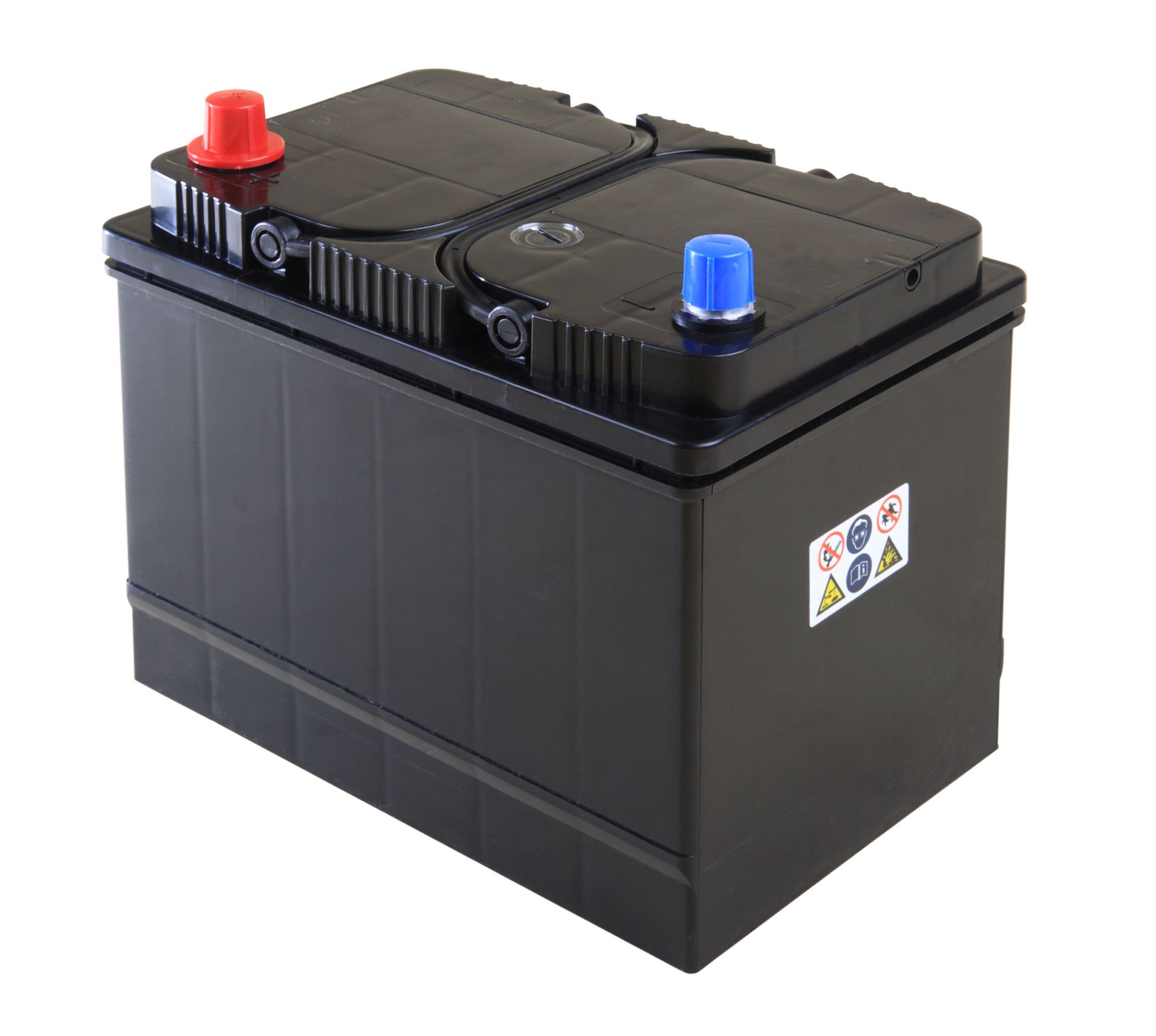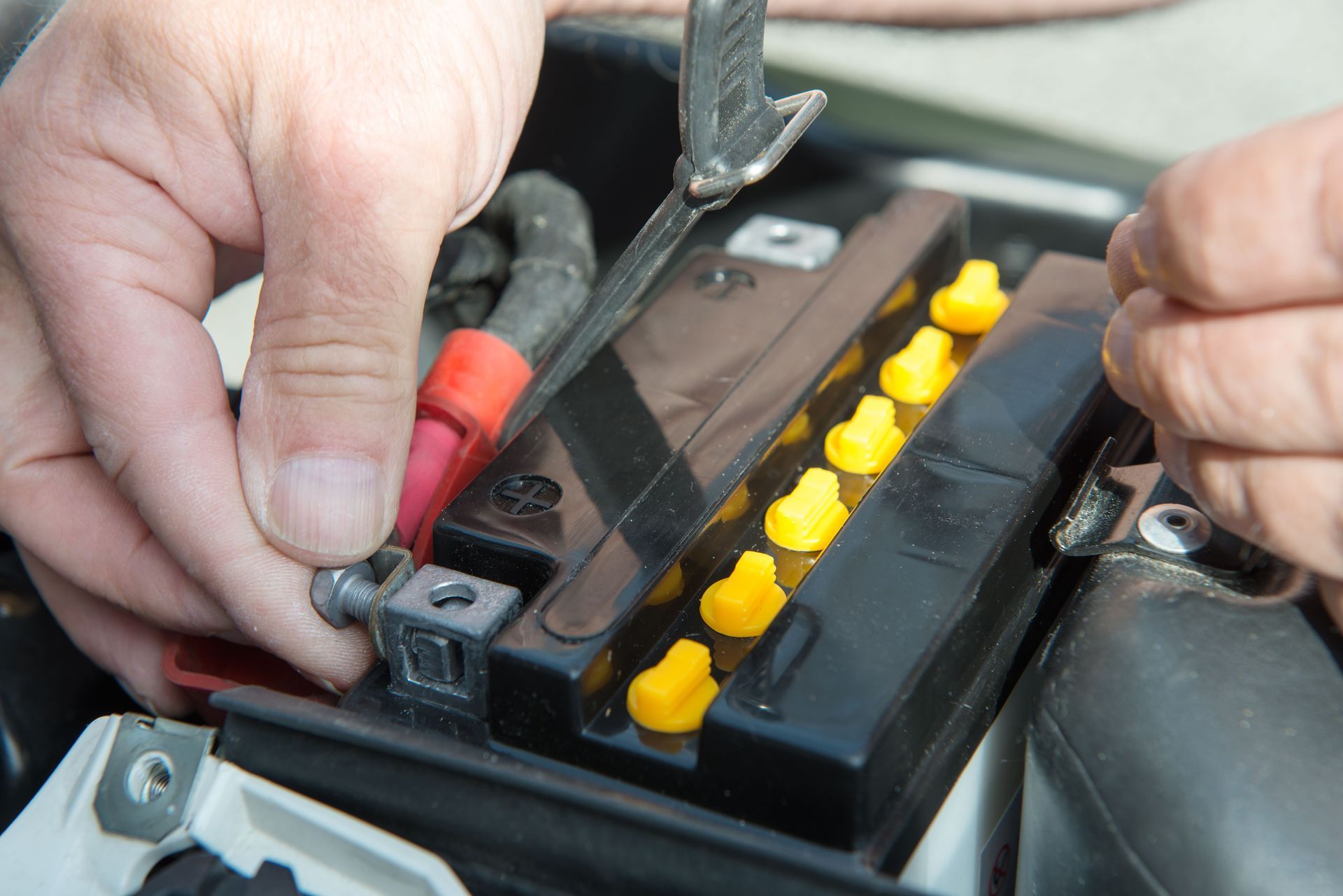Can You Mix Old and New Golf Cart Batteries?
Highlights:
- Mixing old and new golf cart batteries often leads to performance issues, imbalance, and premature wear.
- Differences in capacity and resistance cause charging inefficiency and safety risks such as overheating.
- Replacing all batteries at once maintains consistent output, balance, and lifespan.
- If mixing is unavoidable, ensure matching chemistry, voltage, and usage history to minimize harm.
- For reliable testing and replacement, consult Jefferson Battery Co Inc in Jefferson, LA.
Understanding Golf Cart Battery Compatibility
Golf carts rely on tightly matched batteries to deliver consistent power output. When considering whether you can mix old and new golf cart batteries, the technical answer is yes—but the practical answer is no. New batteries store more energy and have lower internal resistance, while older ones lose capacity with each charge cycle. According to Briggs & Stratton, It’s also a bad idea to mix old and new lead acid batteries because you sacrifice capacity as they tend to steal charge from one other. This imbalance can cause the newer batteries to over-compensate, resulting in heat build-up and inefficient power distribution during use.
As the charge cycles continue, old batteries deteriorate even faster when paired with new ones. The older cells draw energy inconsistently, forcing the new ones to discharge more rapidly to maintain performance. Over time, this uneven workload weakens the system, shortens range, and can even create a fire risk under extreme conditions. Homeowners and golf enthusiasts in Jefferson, LA who rely on Jefferson Battery Co Inc for replacement and testing benefit from professional inspection before installing any mixed set. An expert can identify weak batteries early and recommend complete replacement when needed.
Electrical Imbalance and Its Consequences
The concept of electrical balance is crucial to the health of a golf cart’s power system. When all batteries share the same age and capacity, energy flows smoothly during operation. Mixing old and new batteries disrupts this harmony, causing one group to work harder. The older batteries tend to drain more quickly, and the newer ones get overcharged in compensation. This cycle continues until one or more batteries fail prematurely, often damaging nearby connections or the controller. These failures are not just inconvenient—they can become costly when the entire pack must be replaced sooner than expected.
The financial impact of mixing batteries can also be significant. For example, instead of getting four to six years of dependable performance, a mixed battery pack might last less than half that time. This means any short-term savings from replacing just one or two batteries quickly vanish. For local customers in Jefferson, LA, Jefferson Battery Co Inc offers diagnostic services that measure voltage uniformity, internal resistance, and load testing to confirm when replacement is truly necessary. This proactive approach saves time and money while ensuring that the battery system delivers maximum range and reliability.
FAQ
Why doesn’t mixing old and new batteries work well?
The weaker, older batteries discharge faster and limit the newer ones’ potential, creating imbalance and energy loss.
Is it unsafe to mix batteries of different ages?
Yes, uneven resistance can lead to overheating or excessive gassing during charging, which can be hazardous.
Will mixing old and new batteries shorten lifespan?
Yes, the entire pack’s life is reduced because newer batteries are strained to match the performance of older ones.
Charging Challenges and Reduced Efficiency
One of the biggest challenges of mixing old and new golf cart batteries lies in charging behavior. Chargers are designed to fill all batteries equally, but that’s impossible when capacities differ. Older batteries reach full charge quickly and begin overcharging, while new ones lag behind. According to Weng et al., mismatches in capacity and resistance in parallel-connected battery systems lead to higher currents, state-of-charge deviation and accelerated ageing of the weaker battery. The end result is shorter run time per charge, unpredictable performance, and potential safety risks during extended use.
In practice, a golf cart powered by a mixed set of batteries will experience noticeable symptoms. Drivers might find that their cart slows down suddenly after only partial use, or that it takes longer to recharge. Over time, the voltage discrepancies increase, creating an even larger gap between strong and weak cells. Attempting to “equalize” these differences through extended charging cycles may temporarily help, but it doesn’t fix the underlying imbalance. This is why certified technicians recommend full-set replacements whenever possible.
When Replacement Is the Better Option
Although replacing every battery may seem expensive, it’s often the most cost-effective long-term decision. When all units share the same chemistry, brand, and age, they operate as a synchronized system. The cart delivers consistent torque, range, and reliability without the risk of premature failure. Golfers in Jefferson, LA often choose Jefferson Battery Co Inc because of their expertise in load testing, recycling, and installation of matched battery packs. Proper installation ensures tight cable connections, equal charging, and full compliance with manufacturer specifications for safety and longevity.
A full replacement also improves charging efficiency and prevents unnecessary strain on your golf cart’s motor and controller. It reduces maintenance demands, as equally aged batteries discharge at a steady rate and require fewer equalizing cycles. If you drive your cart daily or rely on it for long distances, uniformity in battery age directly impacts performance consistency. The cost of a complete replacement quickly pays for itself through reduced repair bills and dependable energy output over several seasons.
FAQ
What happens if I only replace one battery?
The new battery will degrade faster, wasting the investment and potentially damaging the older ones.
Is mixing same-brand batteries but different ages okay?
Even within the same brand, differences in internal resistance can reduce lifespan and performance.
How often should I replace my golf cart batteries?
Typically, every 4–6 years, depending on usage, maintenance, and local climate conditions.
Chemistry, Capacity, and Compatibility
Mixing old and new batteries also brings compatibility challenges. Flooded lead-acid, AGM, and lithium batteries each have different charging profiles and voltage thresholds. Combining them can create unsafe conditions, such as over-voltage or heat build-up. According to the MIT Environmental Health & Safety Office, do not mix different types of batteries or mix new and old ones together (e.g. in a power pack). To maintain safety, all batteries should be identical in capacity and chemistry and ideally purchased from the same manufacturing batch.
Even small differences in manufacturing date can alter performance. A three-month production gap can result in varied cell aging and inconsistent voltage under load. Over time, that inconsistency forces your charger to compensate, making it harder to keep the pack balanced. For Jefferson, LA golf cart owners, having Jefferson Battery Co Inc handle replacements ensures that every unit matches perfectly in specifications and configuration. This prevents voltage drift and maintains optimal performance over thousands of charge cycles.
Best Practices for Battery Replacement
To extend the lifespan of your golf cart batteries, always replace them as a full set, maintain regular cleaning schedules, and use a charger compatible with your battery type. Regularly inspect water levels in flooded batteries and clean terminals to prevent corrosion. Store your golf cart in a cool, dry area to avoid temperature-induced degradation. If mixing old and new batteries is unavoidable, choose the closest match possible and plan for a full replacement within months. Keeping detailed maintenance logs can also help identify early signs of imbalance or cell failure before major problems occur.
For golf cart owners in Jefferson, LA, Jefferson Battery Co Inc provides maintenance guidance, recycling options, and professional installation to ensure safety and optimal performance. Their technicians can test existing batteries, recommend correct replacements, and offer ongoing service plans to extend battery life. This level of expertise is particularly valuable for community fleets, golf courses, or property managers maintaining multiple carts. A consistent maintenance and replacement plan prevents costly downtime and ensures that every cart performs efficiently throughout the season.
FAQ
Can I extend battery life by mixing new ones temporarily?
It’s possible for short-term use, but the imbalance will still reduce overall performance and safety.
Will regular maintenance offset the effects of mixing?
It helps somewhat, but cannot prevent the natural electrical imbalance between new and old cells.
Is upgrading to lithium batteries a better long-term investment?
Yes. Lithium batteries last longer, charge faster, and deliver more consistent energy output compared to traditional lead-acid options.
While it may seem economical to mix old and new golf cart batteries, it often leads to greater long-term costs. The differences in chemistry, resistance, and capacity shorten the lifespan of every battery in the pack and compromise performance. Replacing all batteries together ensures safety, reliability, and consistent operation. For golf cart owners in Jefferson, LA, Jefferson Battery Co Inc offers professional replacement, testing, and recycling solutions designed to keep your cart running at peak performance year after year. When it comes to batteries, uniformity is key to maximizing both safety and value.










Share On: